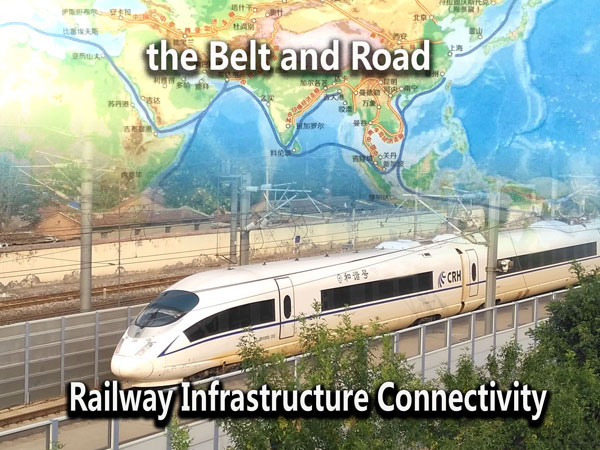Belt and Road is catalyst for rail

With the launch of new routes and widening networks, the volume of rail freight between China and Europe continues to soar, primarily driven by China's Belt and Road Initiative, said a leading industrial insider.
Fifteen European cities are served by trains from China, with London the latest, meaning the UK joins Germany, Poland, the Netherlands, Belgium, Italy, and Spain on a transcontinental network of more than 40 routes, according to International Railway Journal.
Hans Reinhard, president of Switzerland-based InterRail Holding AG, said:"There is a huge increase in rail freight connections, compared with five years ago where we were the pioneers about to start the Chengdu-Lodz route."
InterRail has three or four connections a week between China and Europe, serving destinations, including London, Budapest, Duisburg, Lodz, Riga, and Pardubice in the Czech Republic.
China-Europe services account for approximately one-fifth of total group revenue, and the company expects further growth.
Reinhard attributed the rise in freight trains to political will, specifically because of China's Belt and Road Initiative that focuses on connectivity and cooperation among countries geographically close to China.
Without the initiative and support from the Silk Road Fund, Reinhard said: "No train at all would run, since actual transport costs are still too high to be successfully marketed."
PKP Cargo, a Poland-based logistics operator said the number of cargo trains plying the Silk Road area is growing. PKP transports goods from China to a town on the Polish-Belarusian border, where around 20 trains arrive each week.
Maciej Libiszewski, president of the company, said: "Even five years ago, when these connections were at the testing stage, there were only a few per quarter. Today, several such trains arrive every day."
Freight volume in 2016 increased by 102 percent, said Libiszewski, adding that containers shipped in the first quarter of this year increased by 95 percent.
While demand for and supply of China-Europe rail services are growing rapidly, the challenge remains to keep the routes sustainable because there is great disparity in the level of traffic in both directions and because it is not known how long the financial support on the routes will remain.
More product is shipped from China than in the other direction, but, Libiszewski said, the Chinese government is making efforts to align the fl ow of freight more evenly, ensuring goods headed toward China match those flowing to Europe.

























